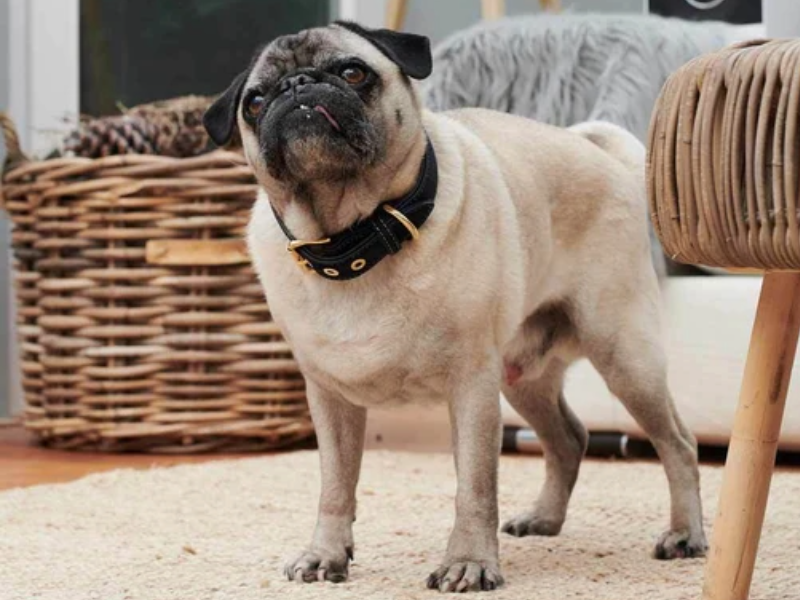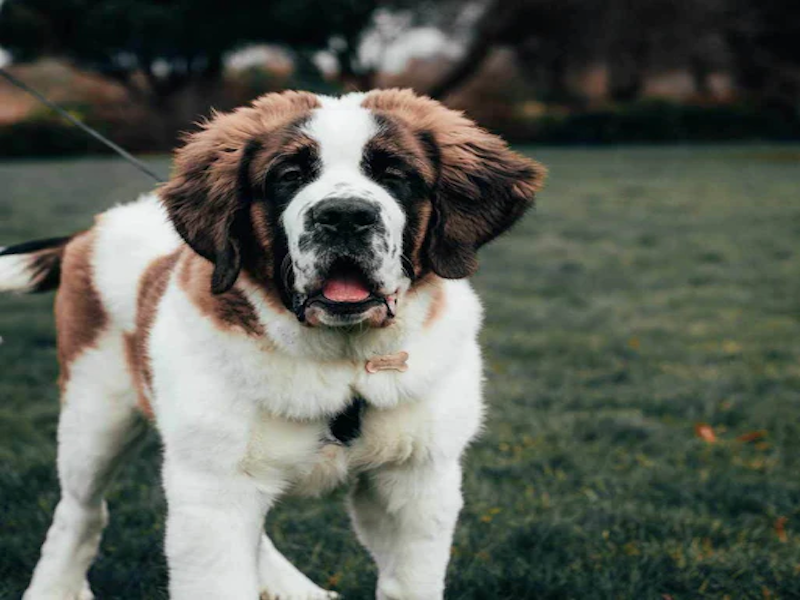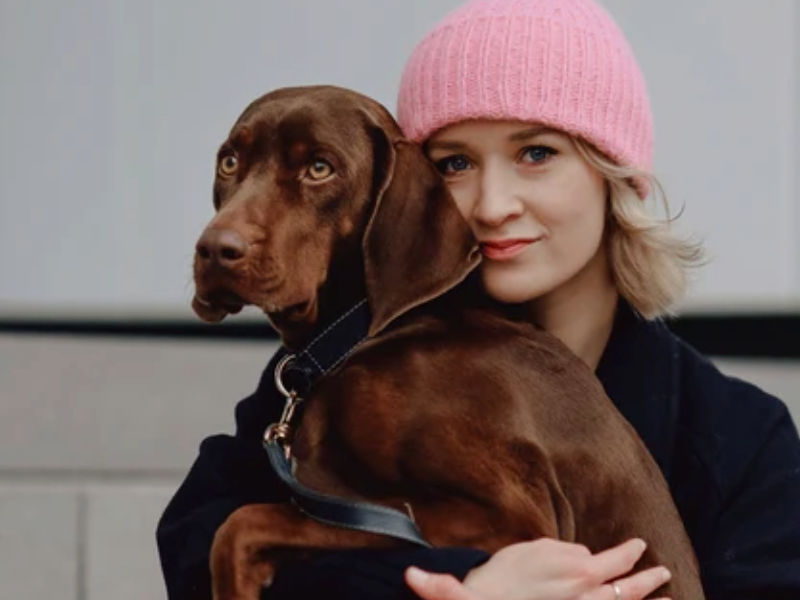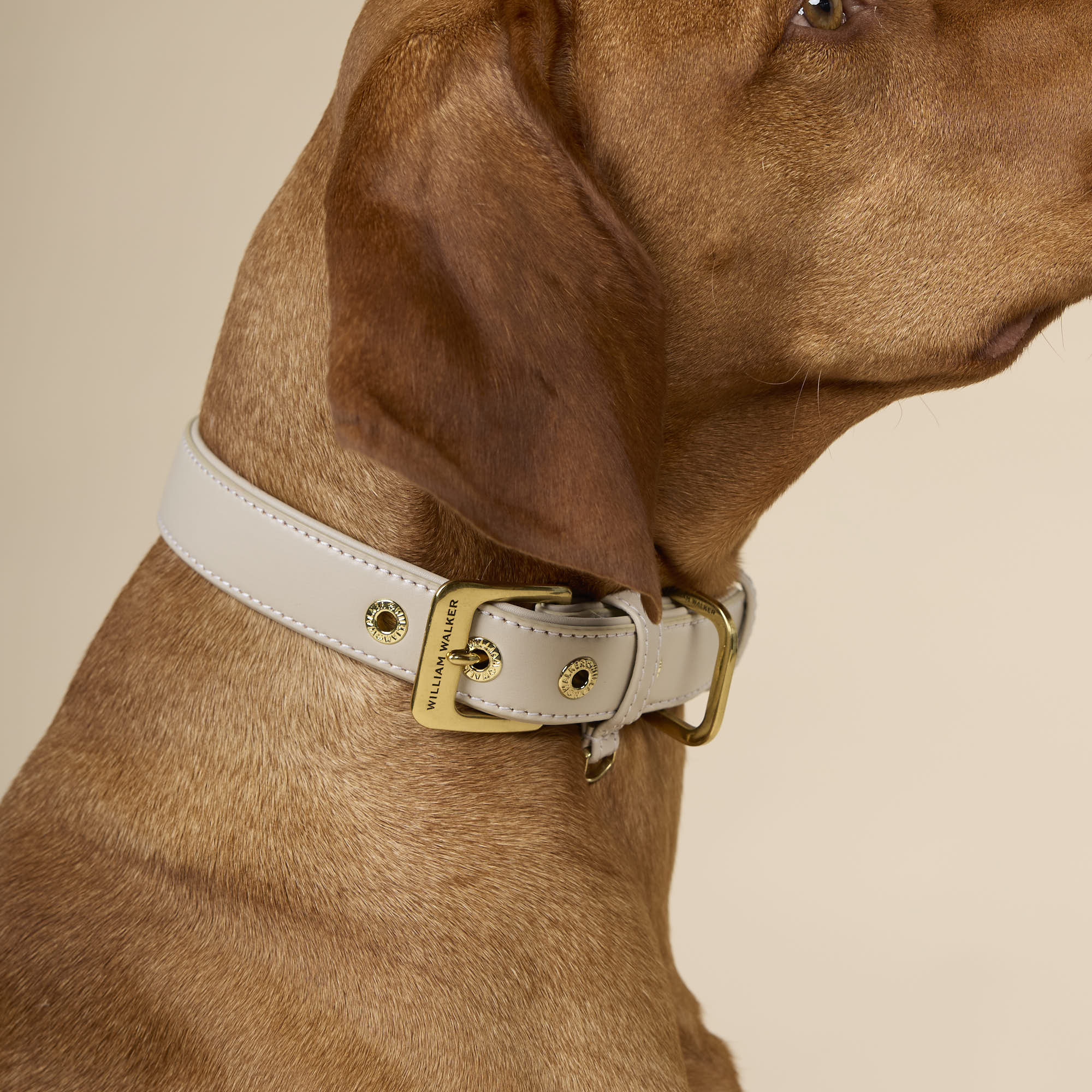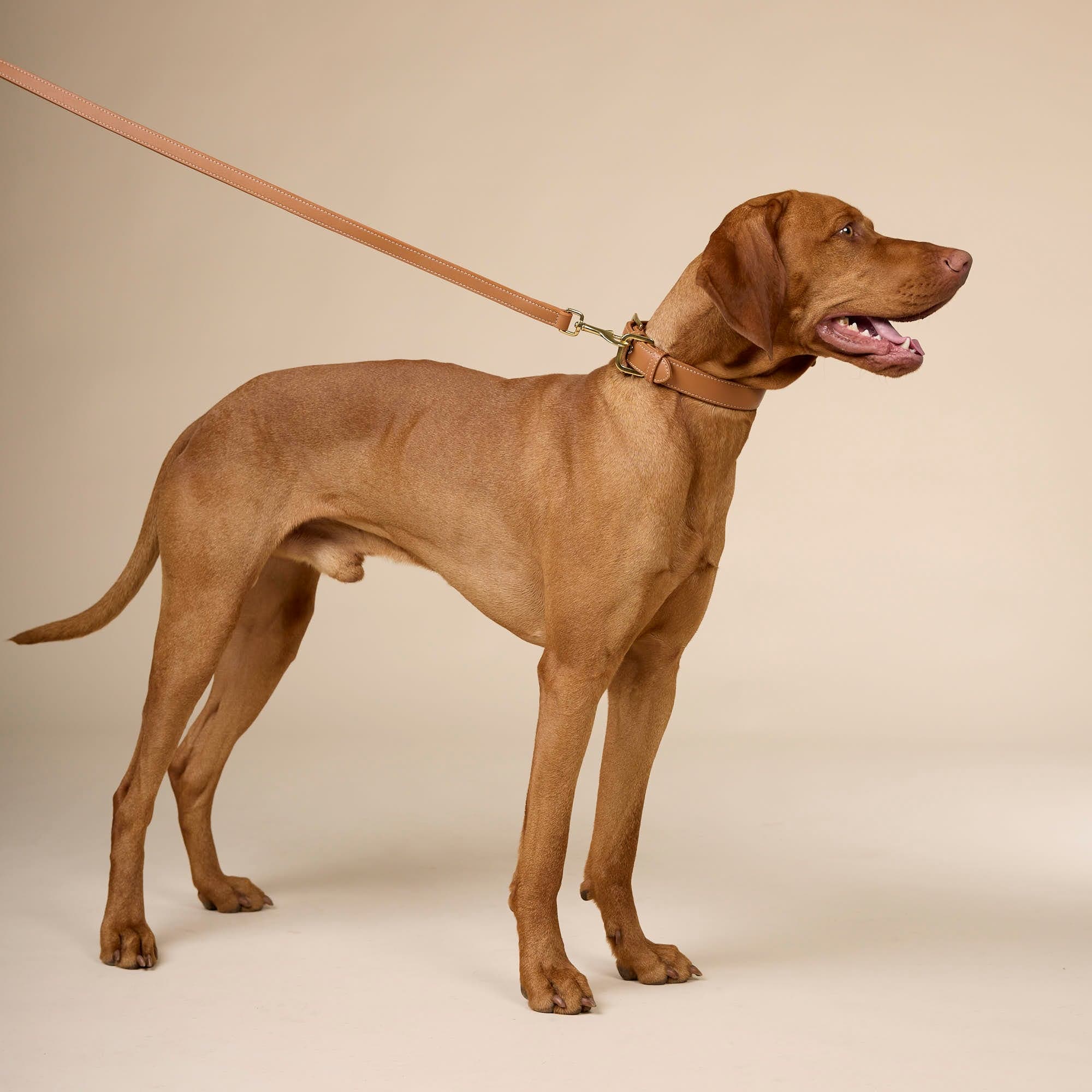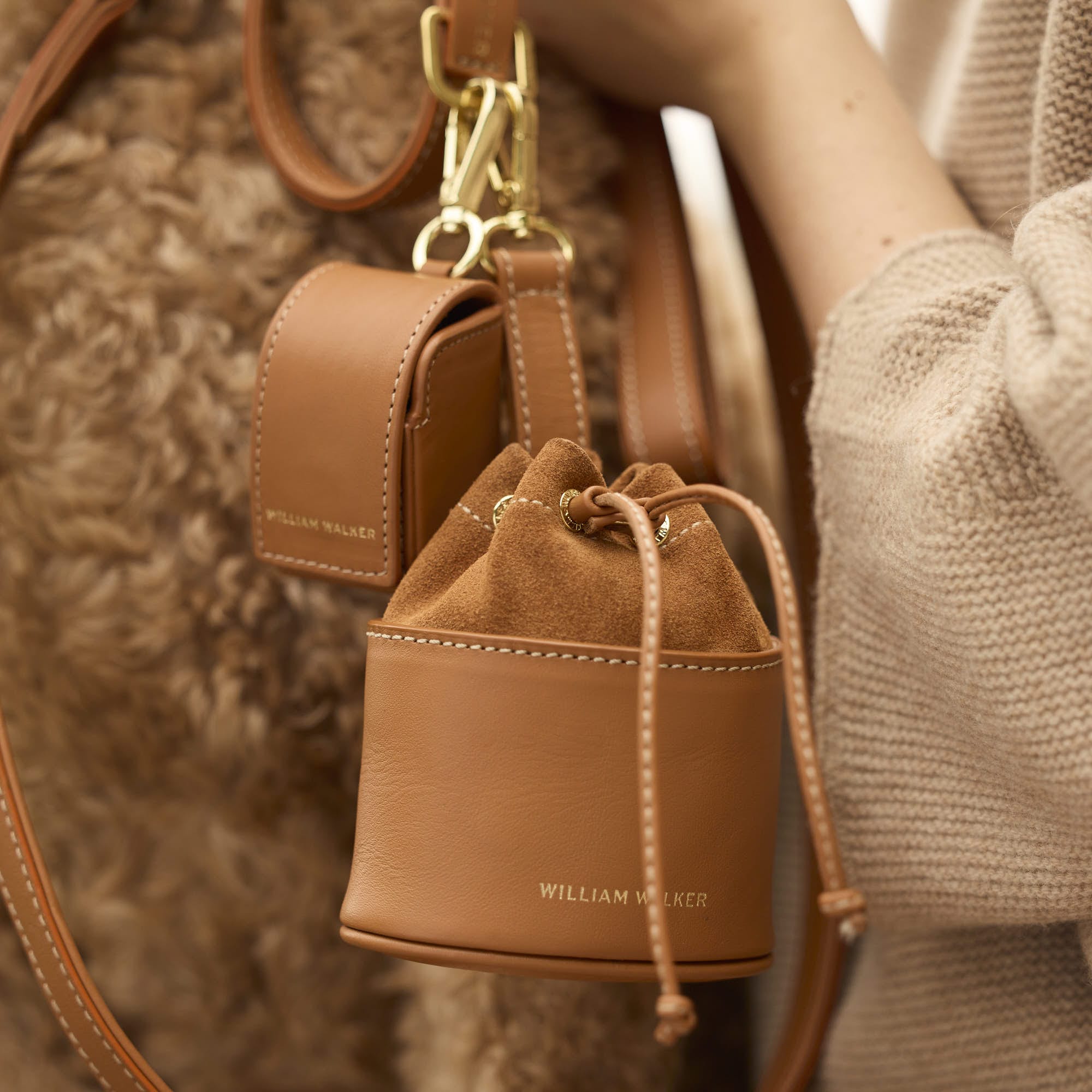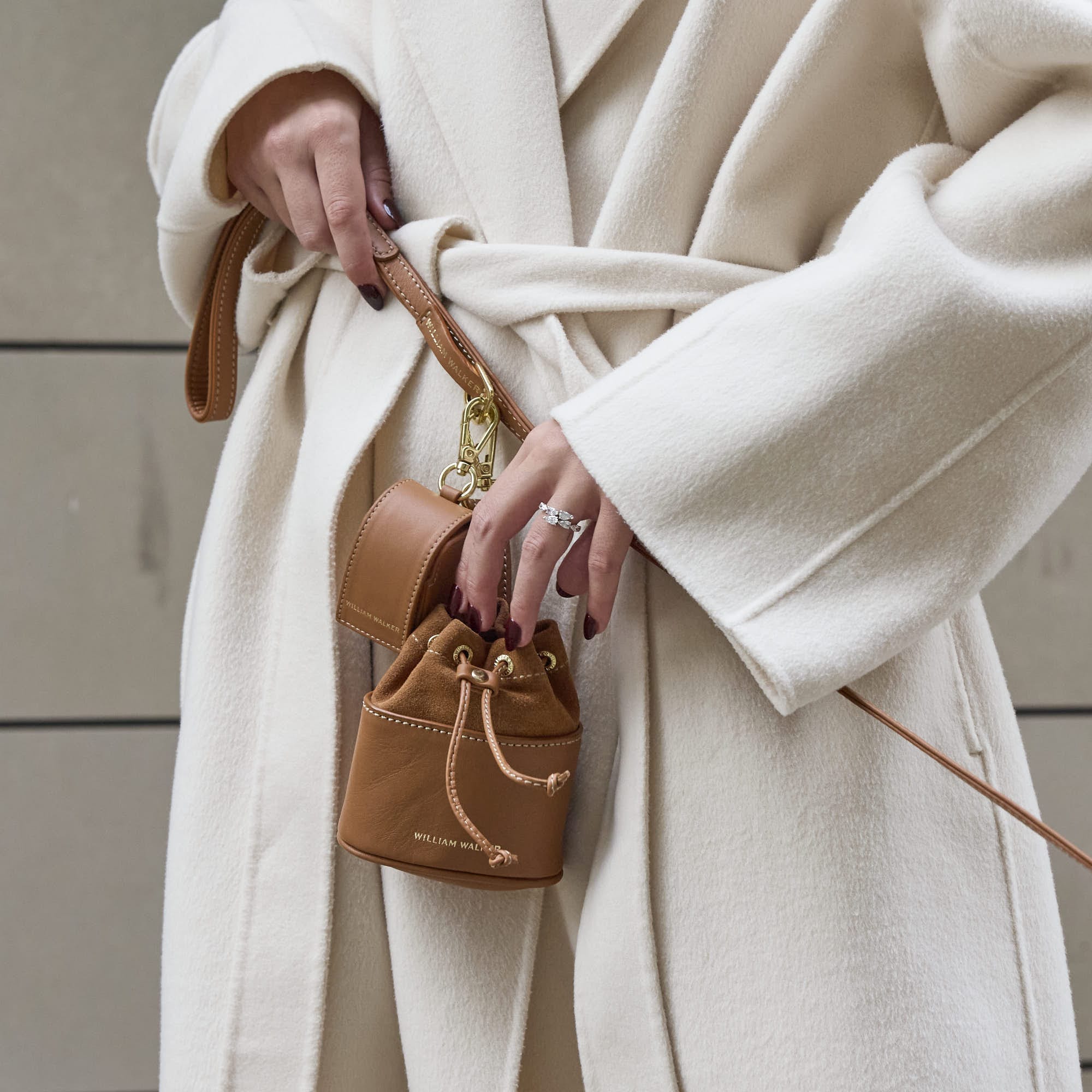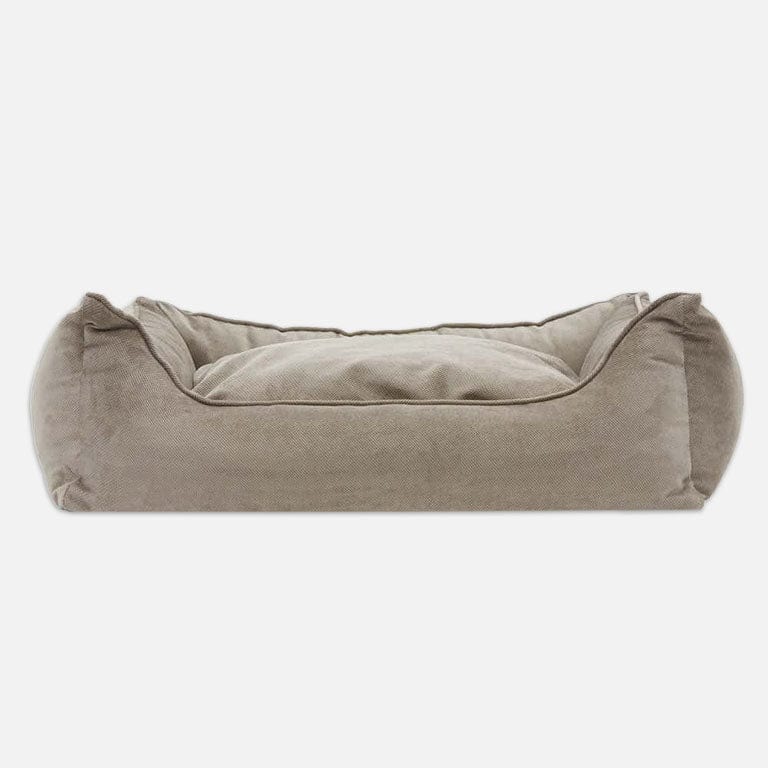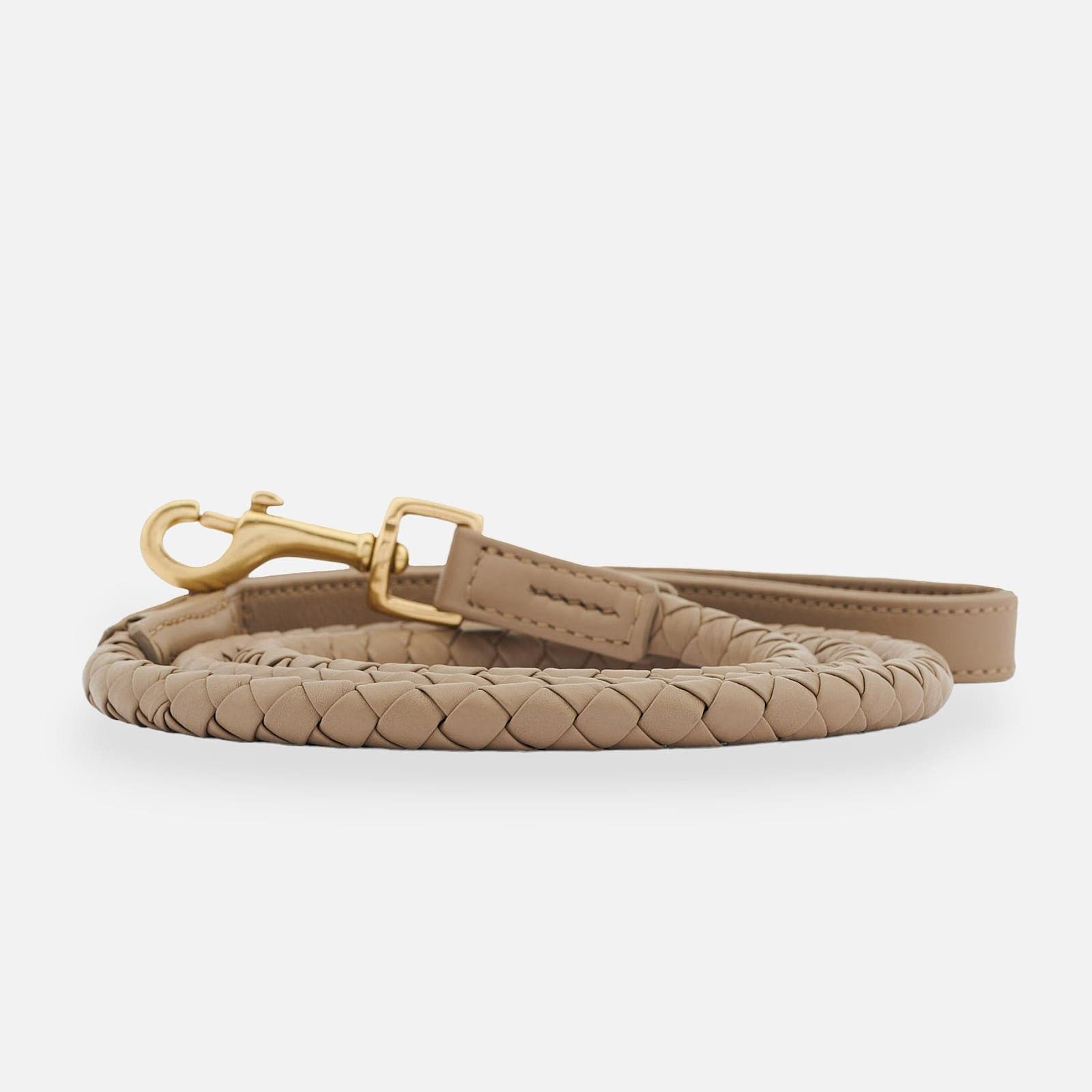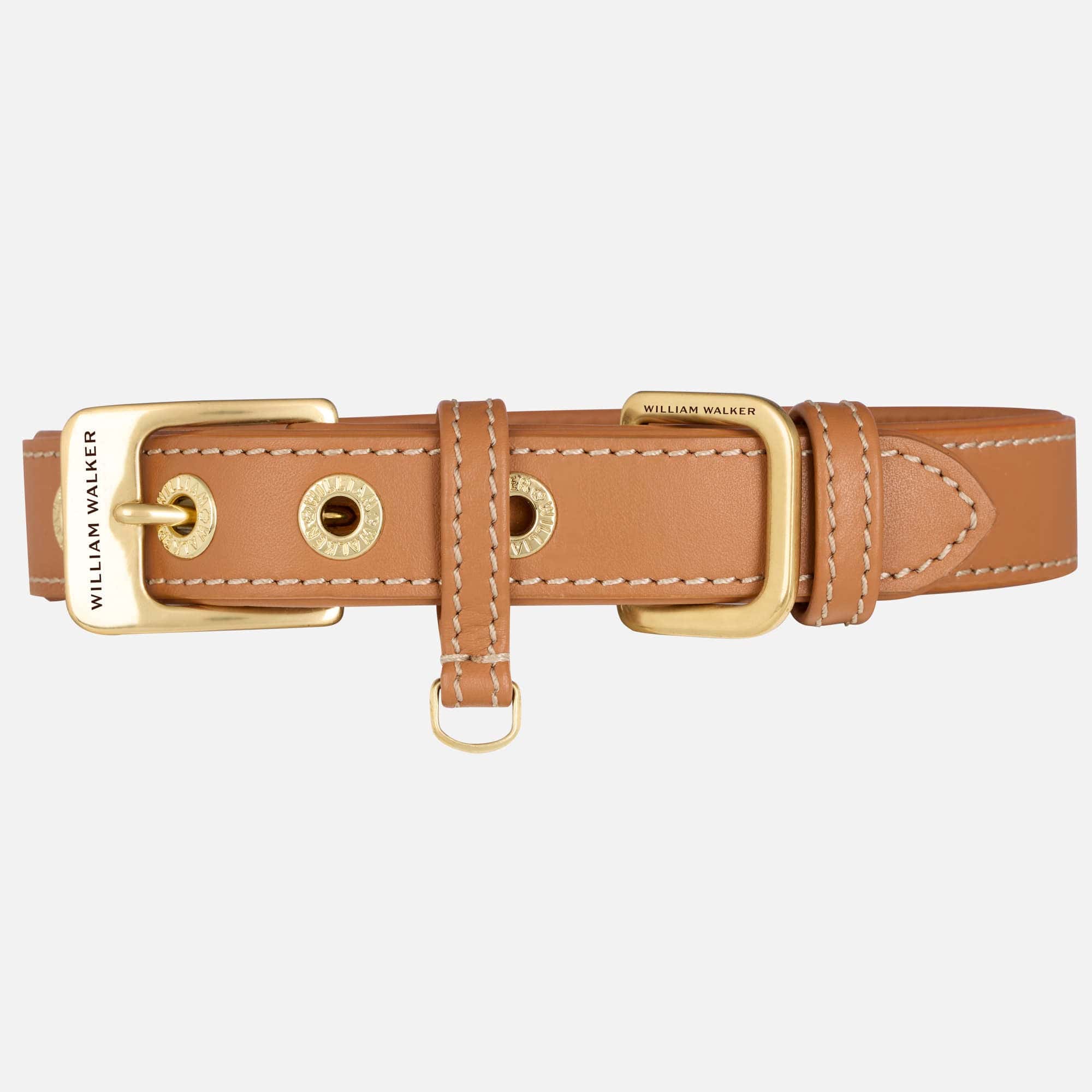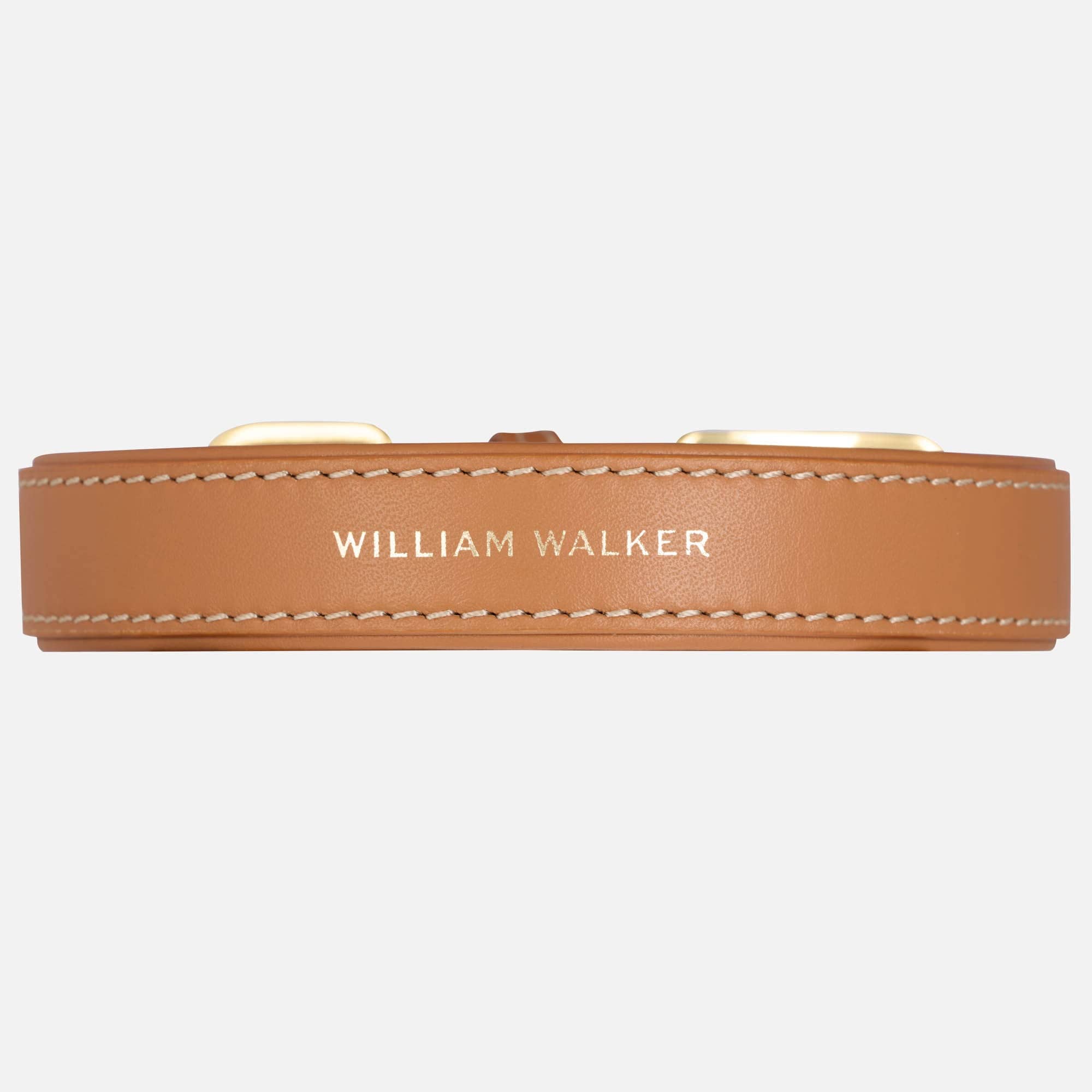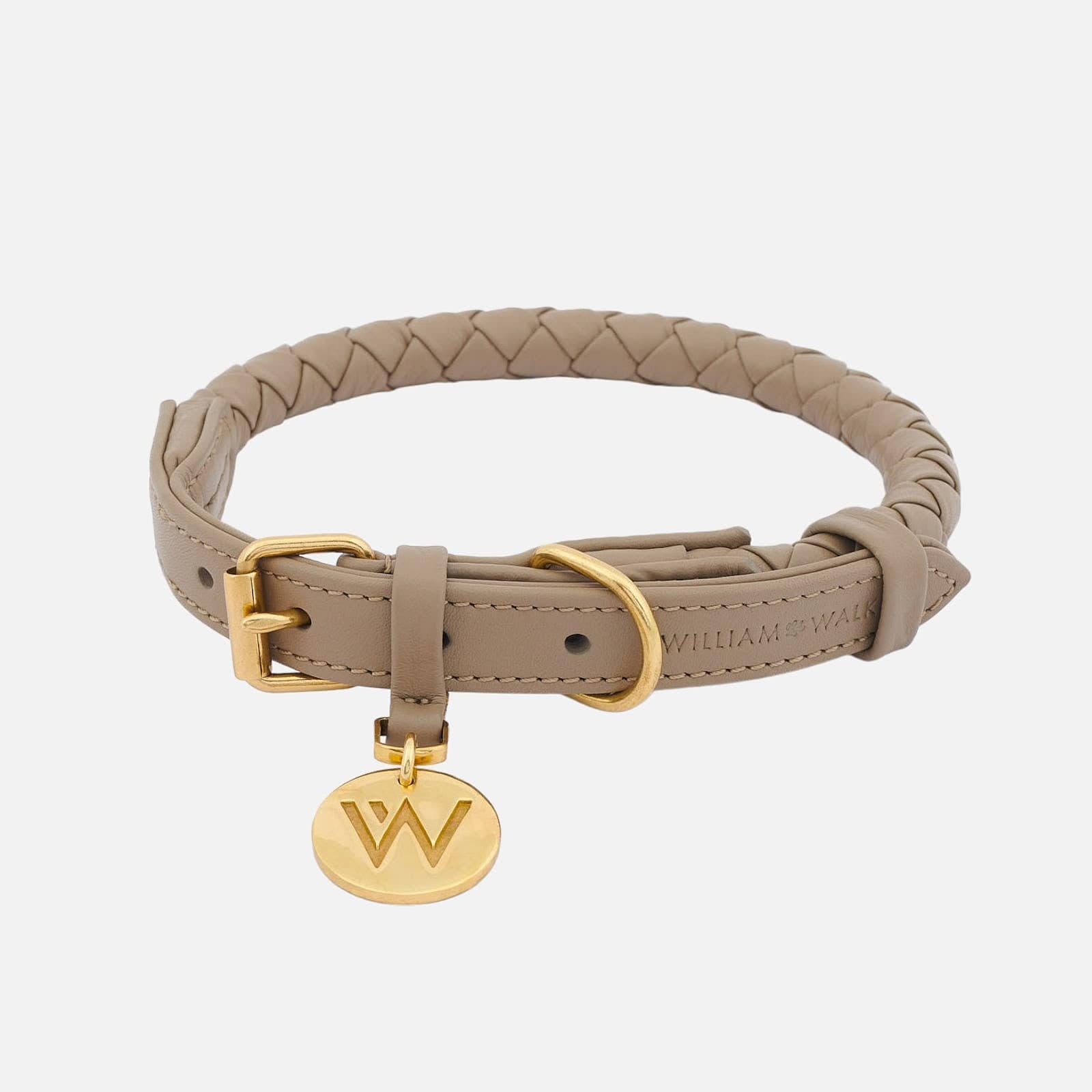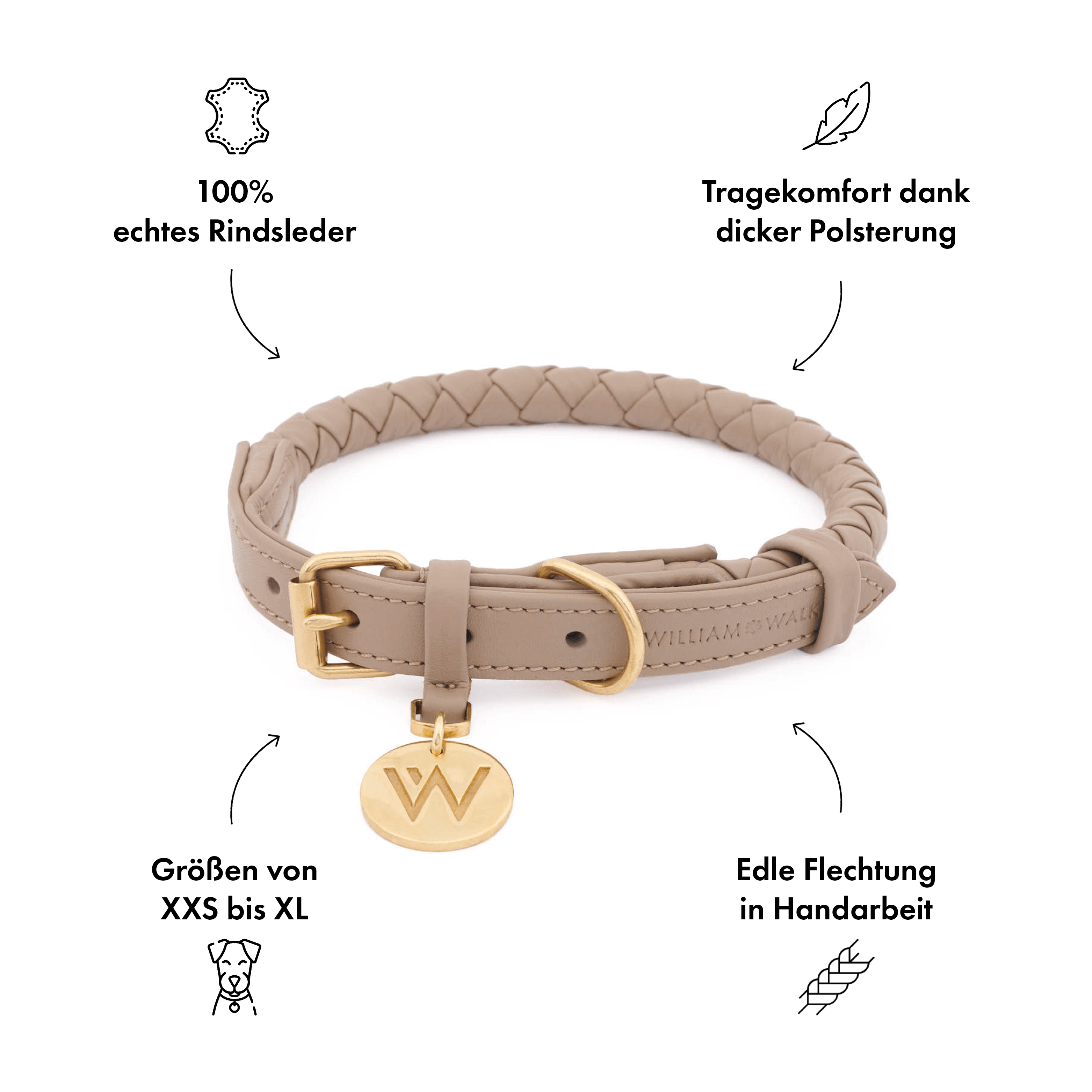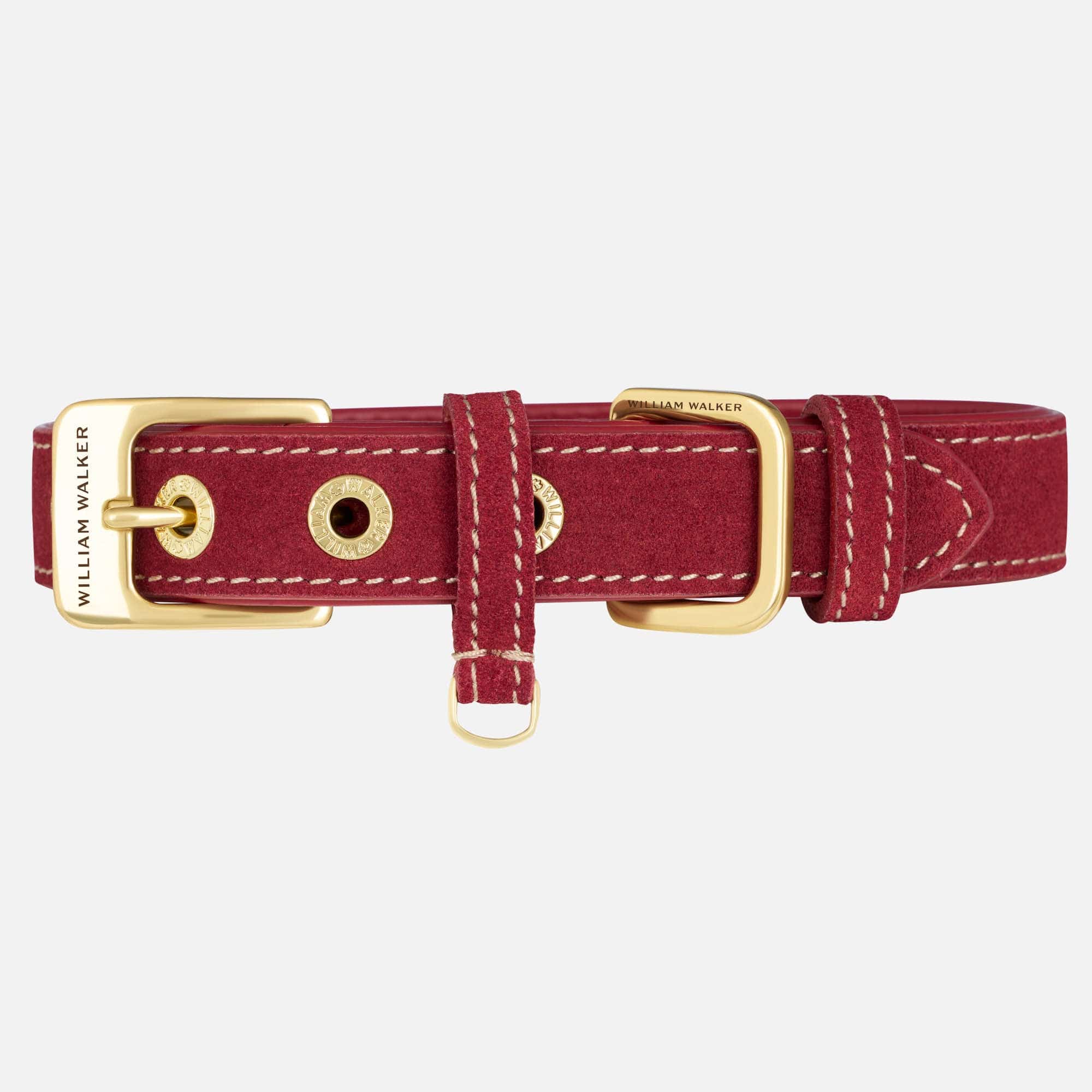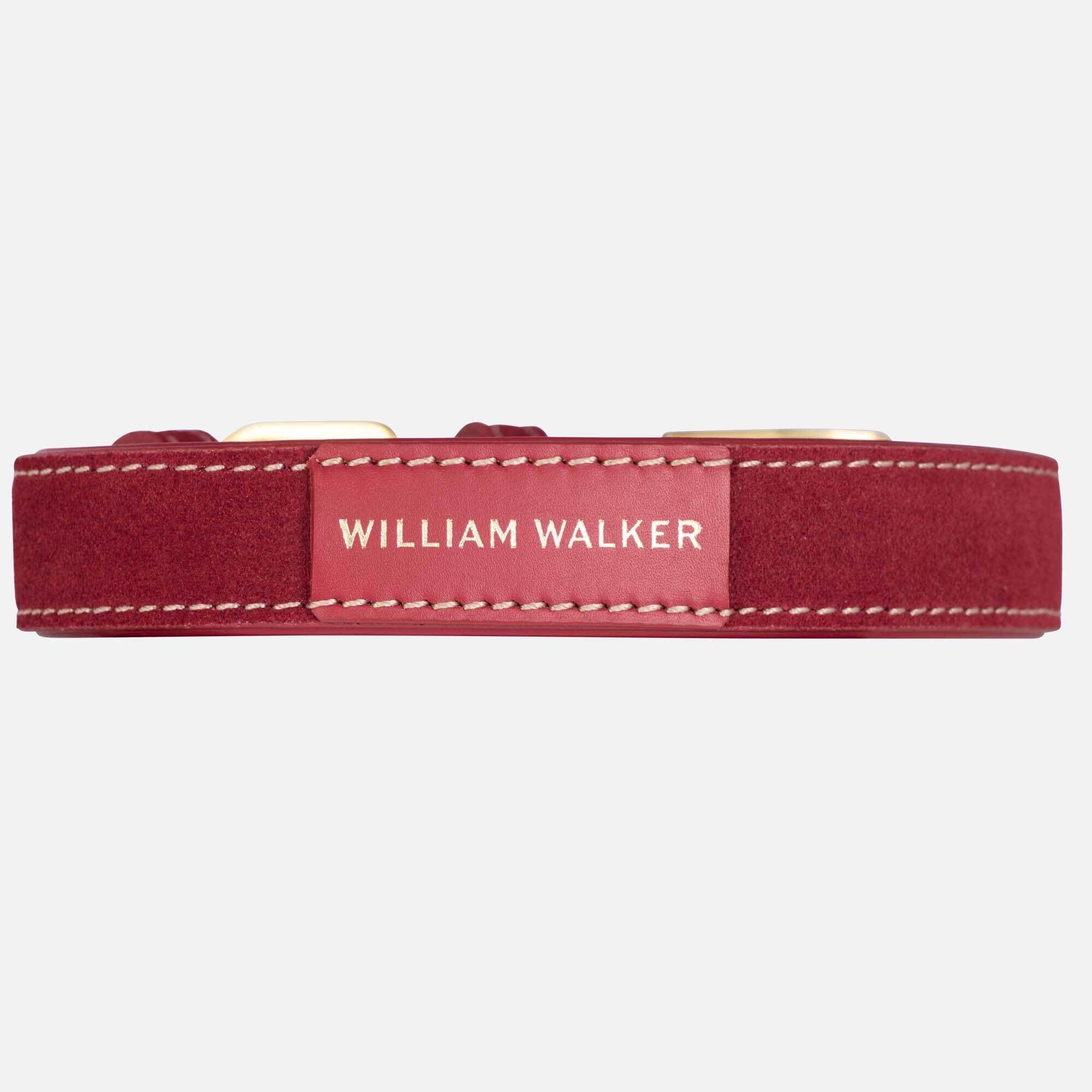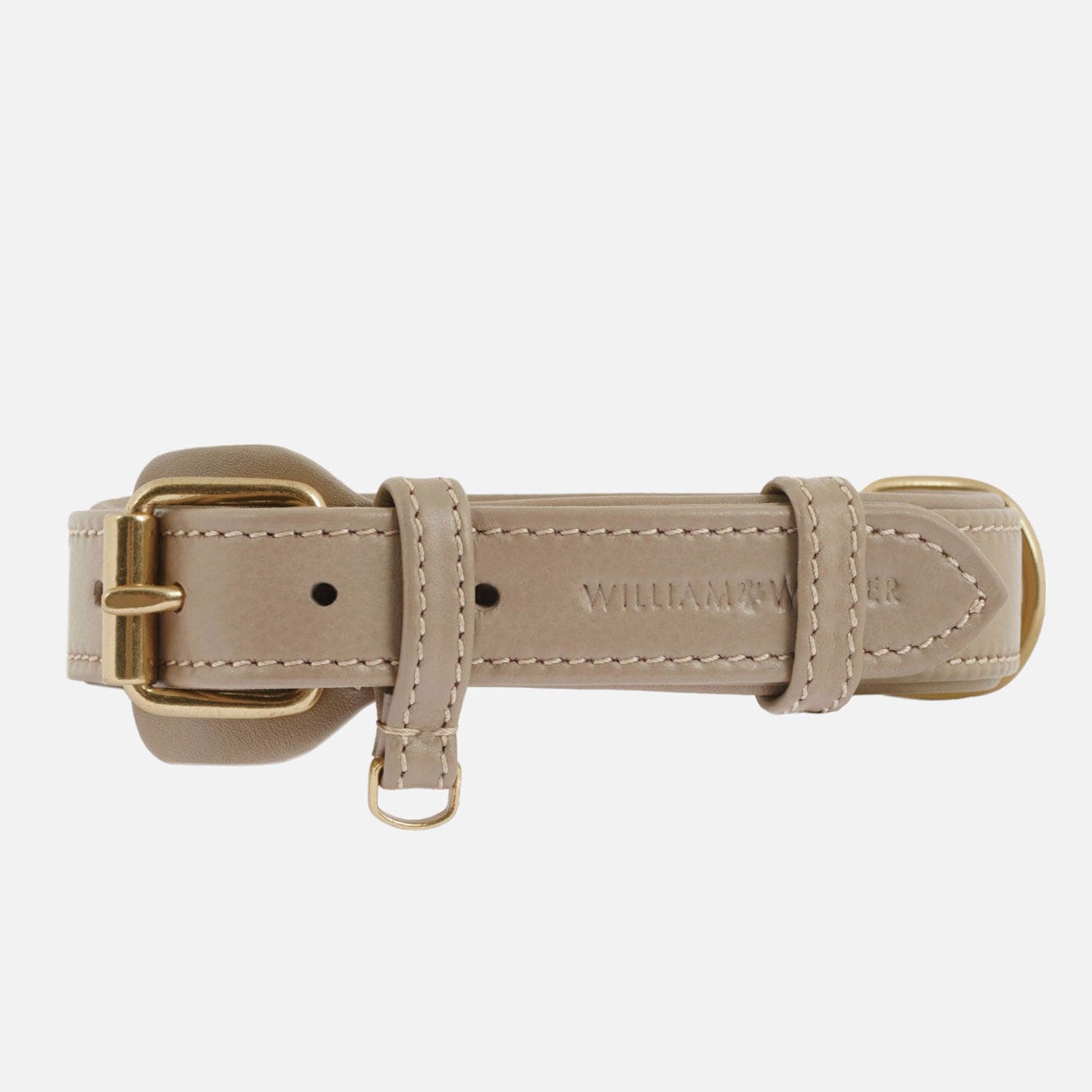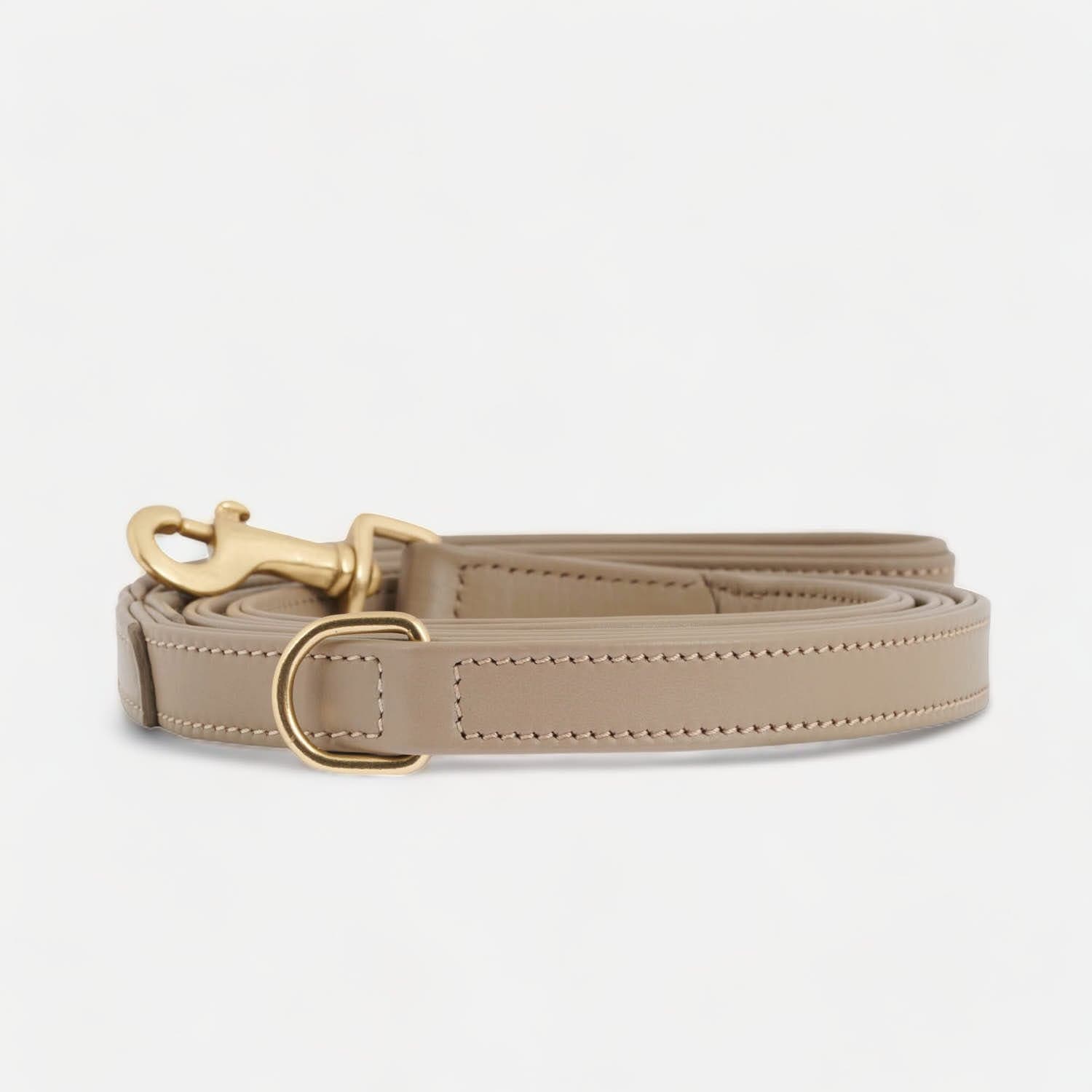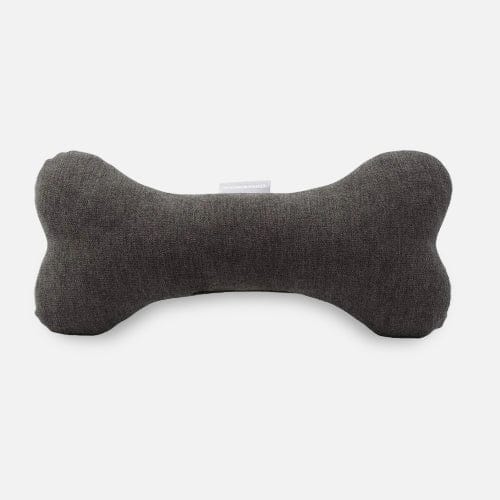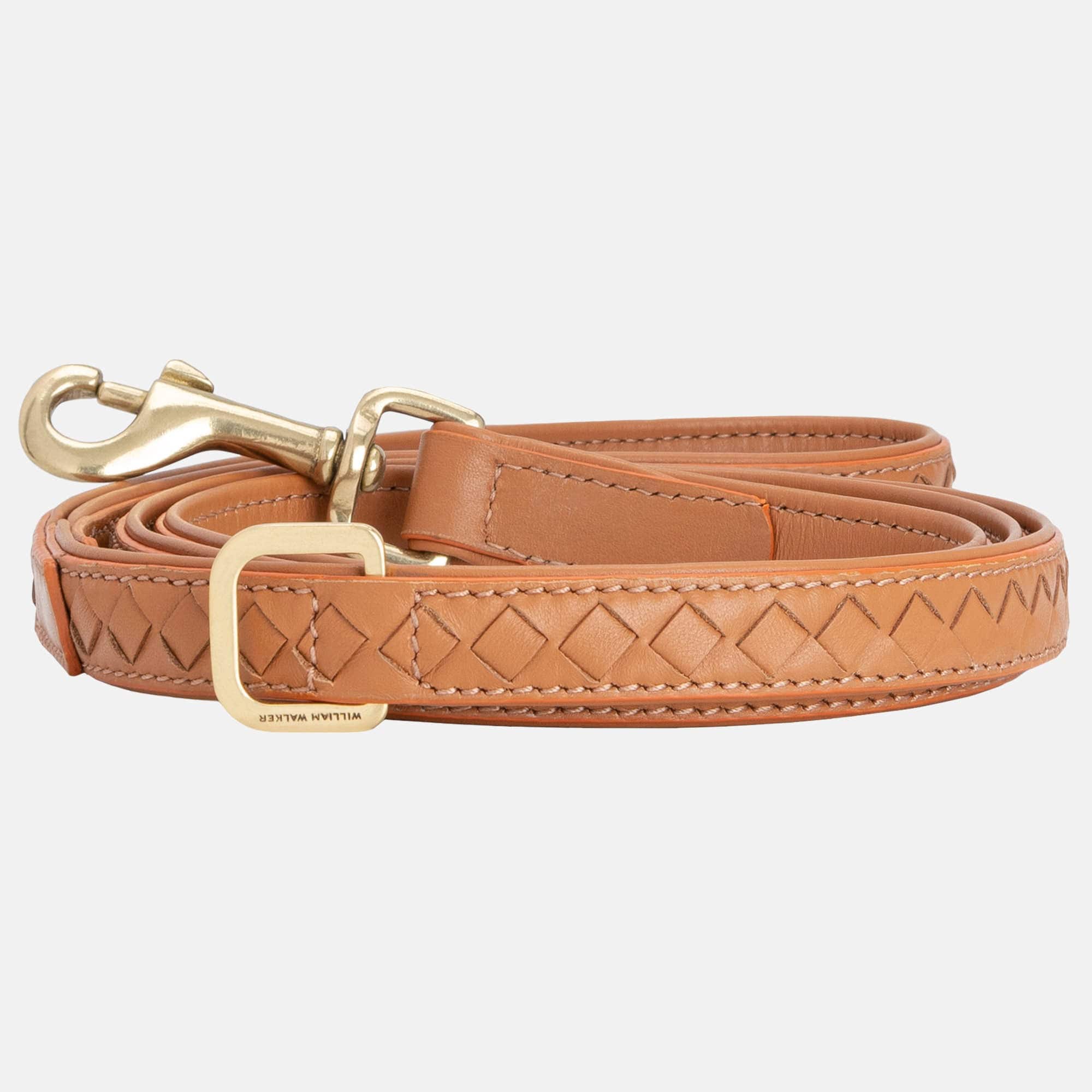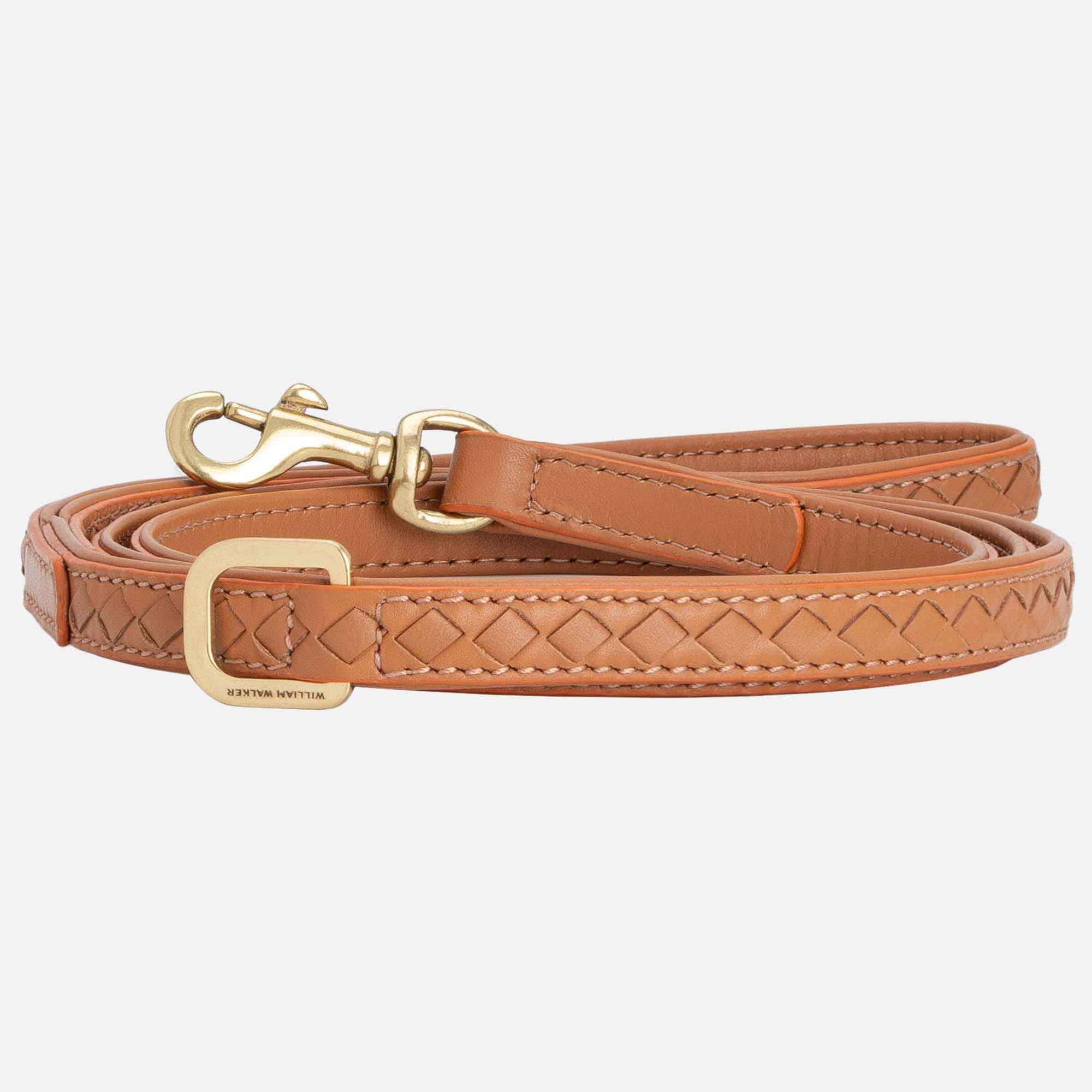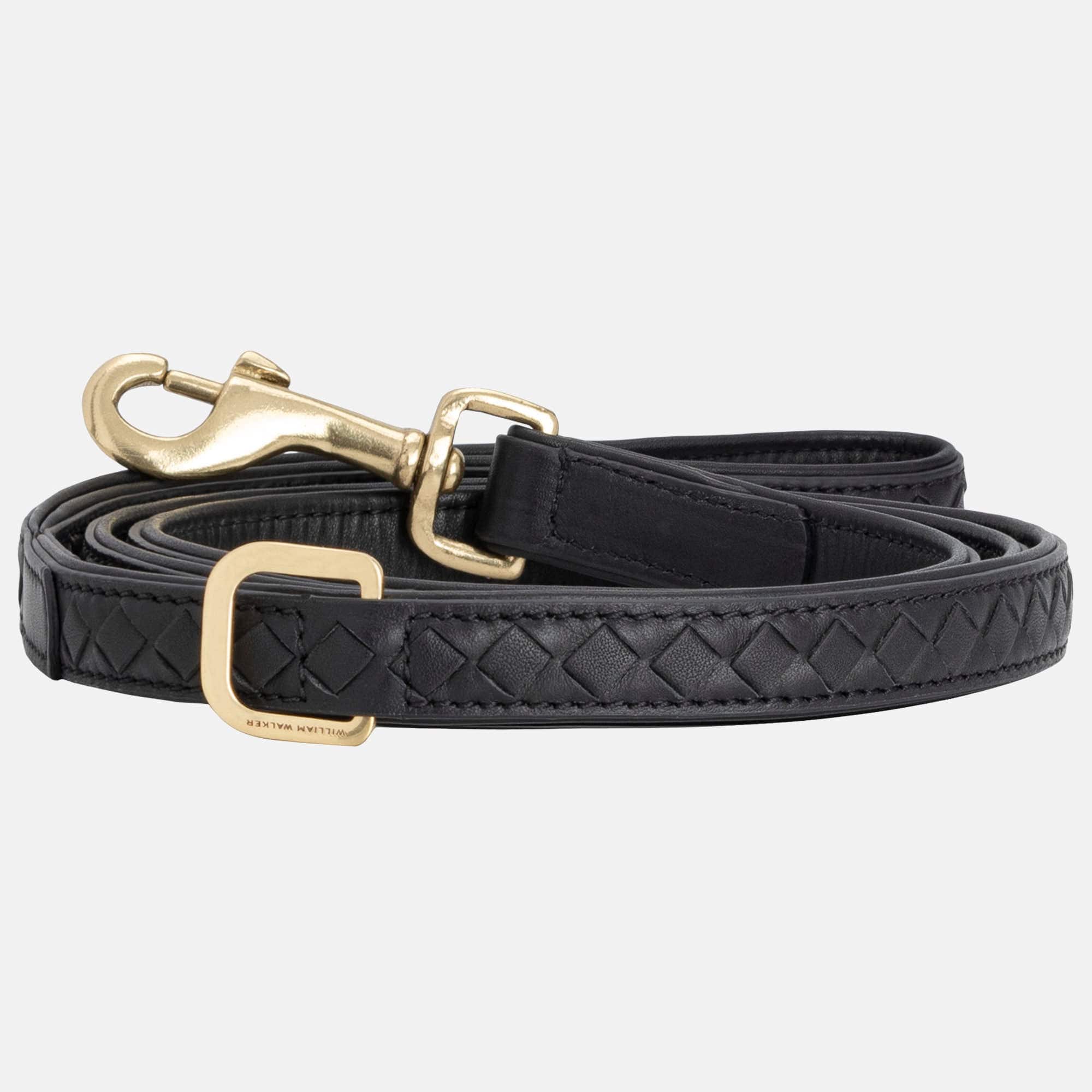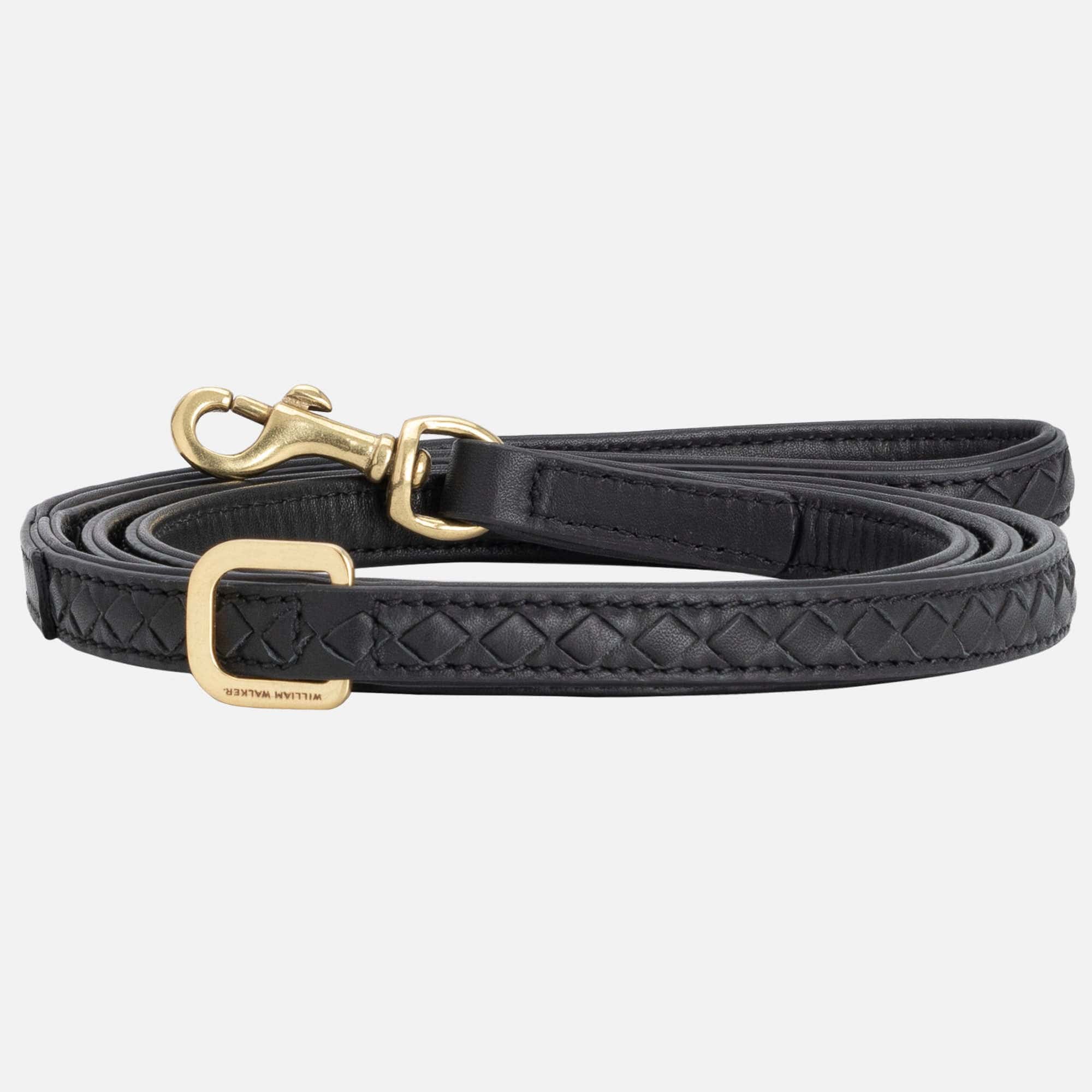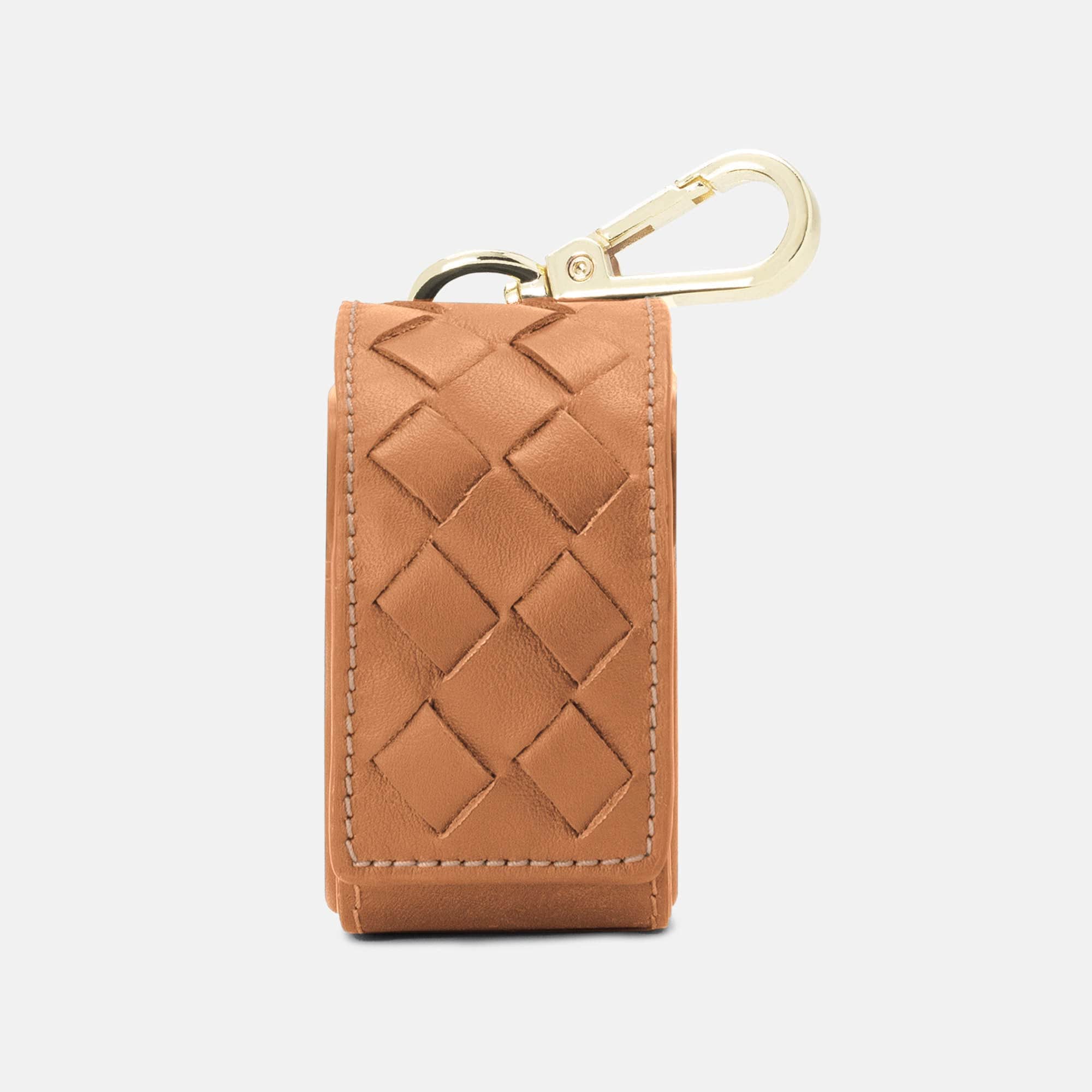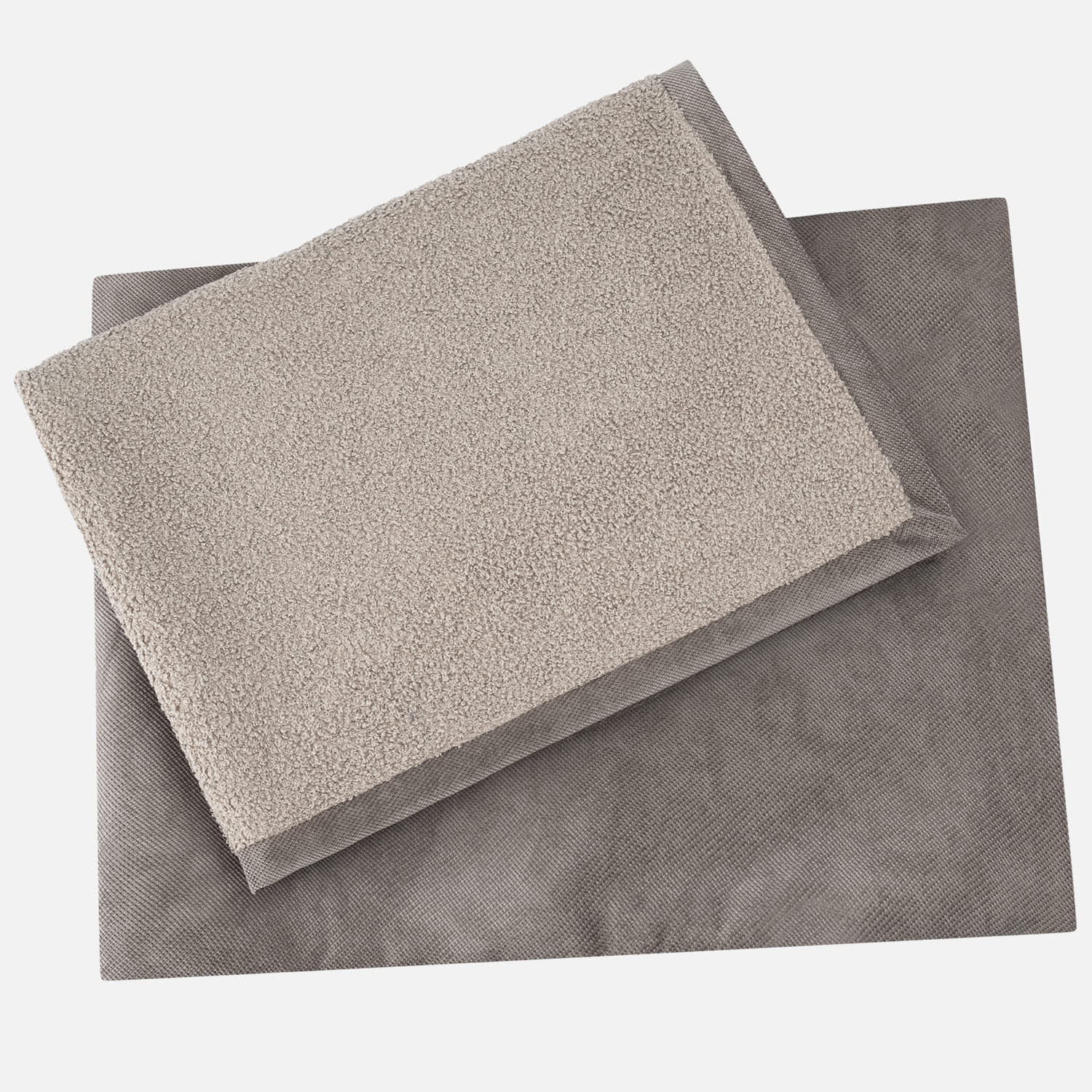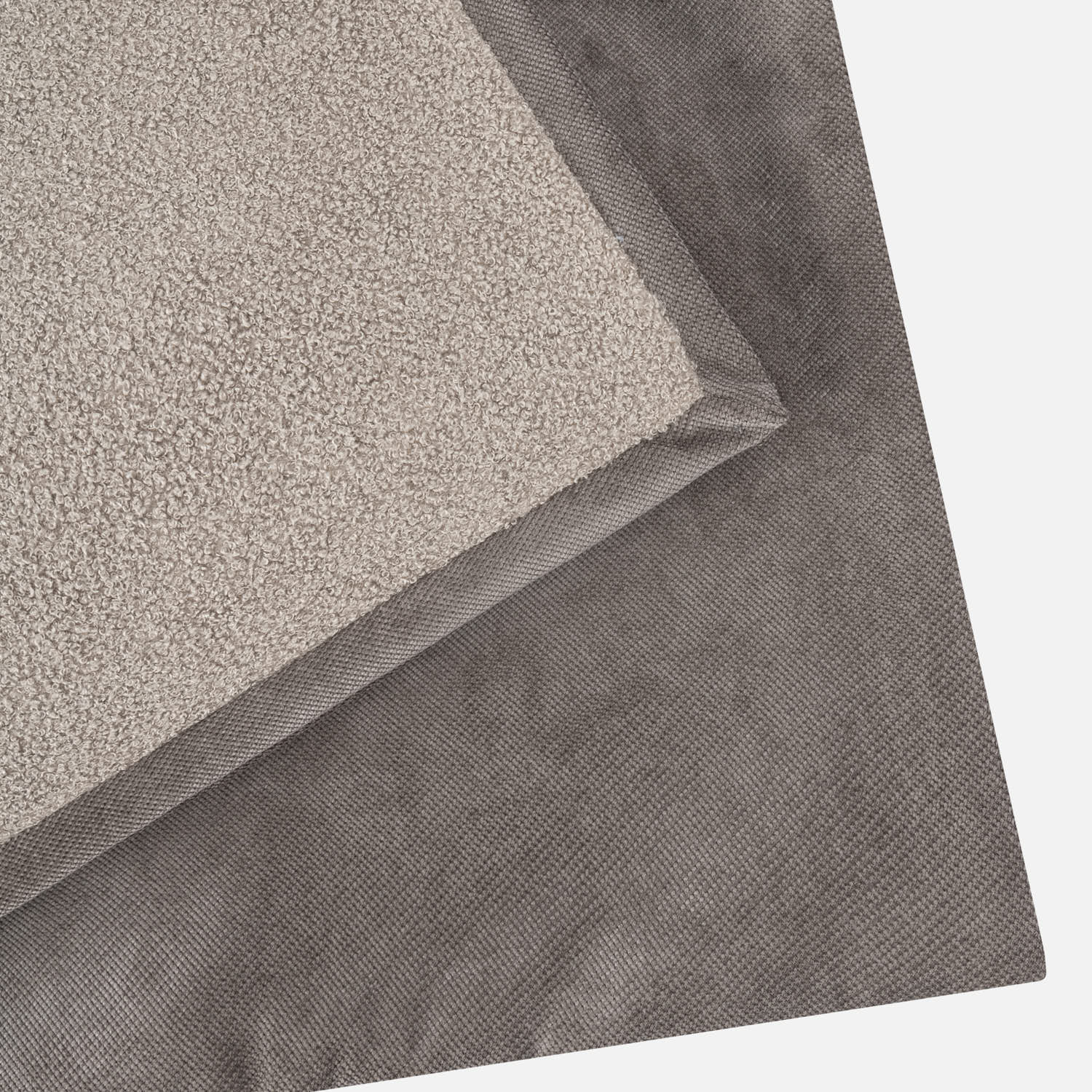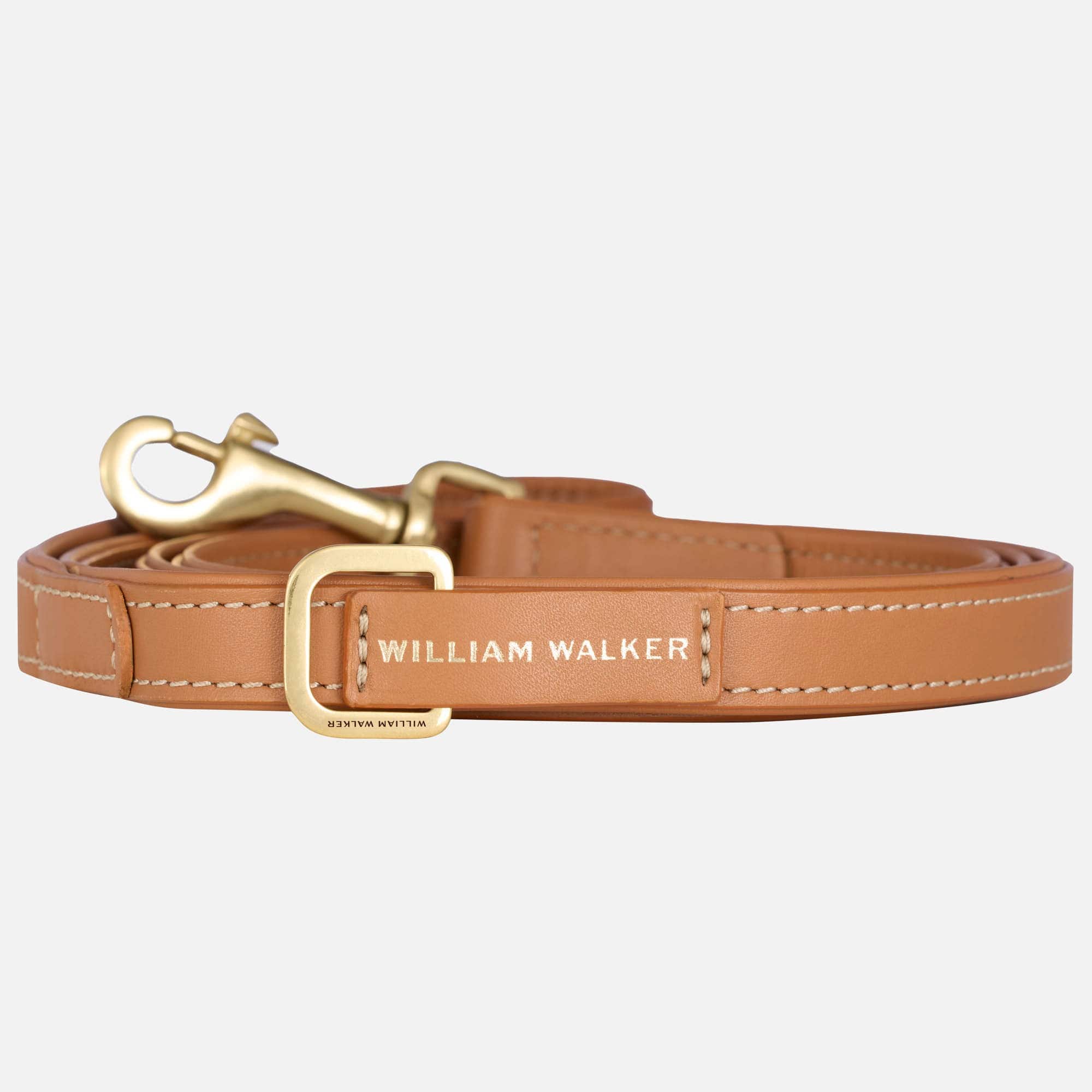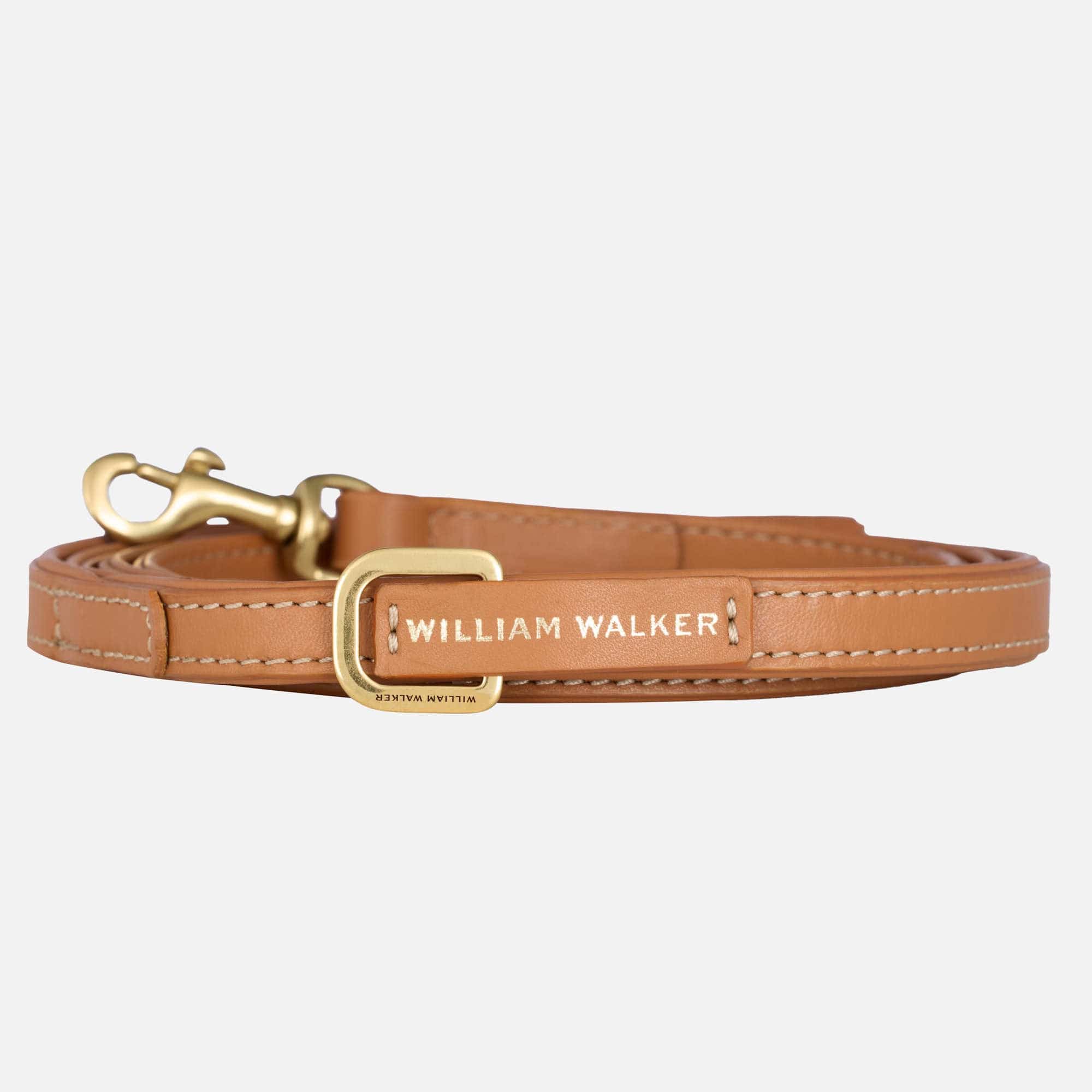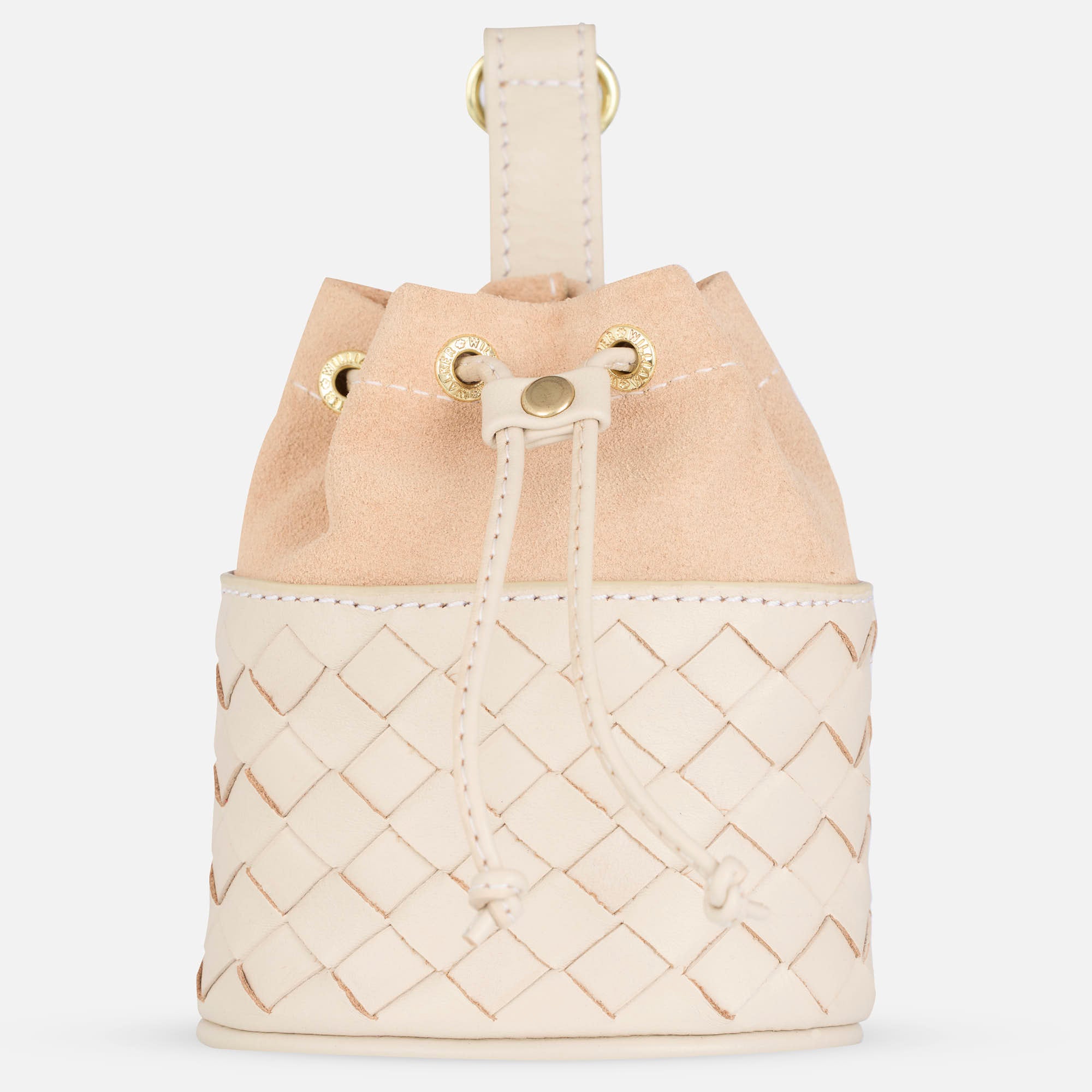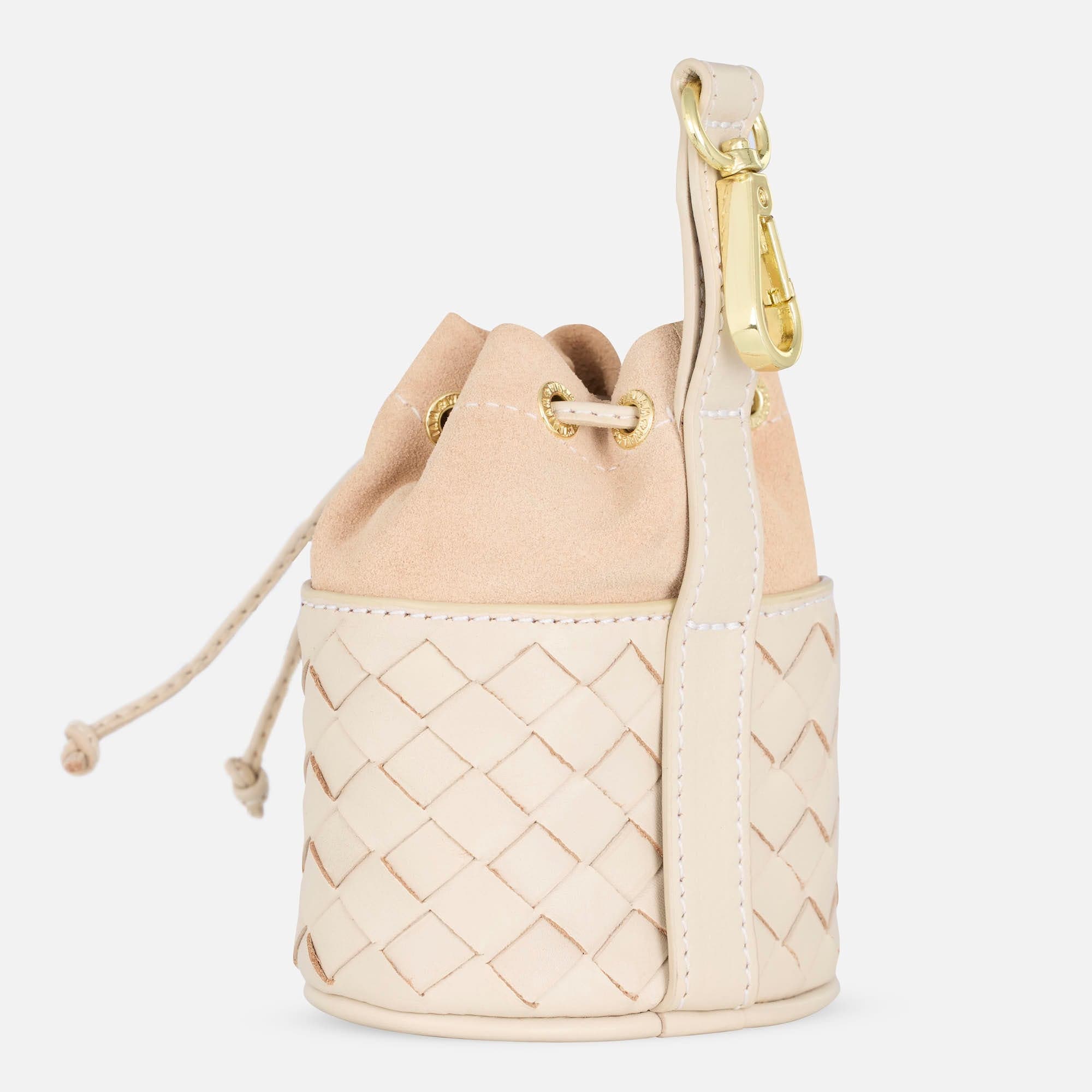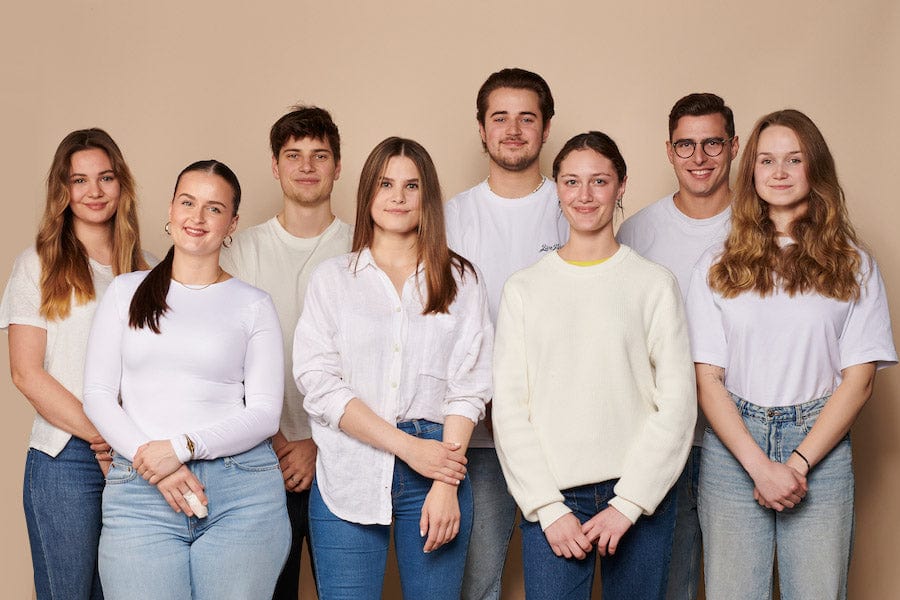What exactly does "dog breed" mean?
A dog breed is a specific and distinguishable breeding of a domestic dog. The Fédération Cynologique Internationale (FCI) currently has about 370 different dog breeds listed and thus recognized. The cynological umbrella organization assigns the dog breeds to different groups and sections based on their appearance and nature. There are 10 FCI groups, including, among others, FCI Group 1: Herding Dogs & Cattle Dogs or FCI Group 3: Terriers.
The choice of dog breed - which dog suits me?
To deal with the different dog breeds is crucial for us humans especially when we want to get a new four-legged friend. Which dog suits me? That is the most important question when buying a dog. It does not always have to be a purebred puppy, because even in the case of mixed breeds from the shelter, the various breed combinations give us information about whether the dog will be very large, for example, or possibly has a hunting instinct. However, not only the breed and its characteristics determine the development and behavior of the four-legged friend, but also the education and socialization.

- Weight: 6 - 8 kg
- Height: 25 - 35 cm
- Ø Life expectancy: 12 - 15 Jahre
- Fur colour: beige with a black mask, black
- Breed assignment: FCI-Group 9 Companion and Toy Dogs
The history and origin of the Pug
The origins of the pug go way back to the Chinese Empire. Here, the ownership of a pug was reserved for the emperors and the dog was considered a status symbol of the powerful and rich. In the 16th century, the small dogs came to Europe - to be precise, to the Netherlands. Due to its great popularity by the Dutch nobility, the pug was also included in one or two paintings of great personalities and families. The pug was an integral part of Dutch ladies' salons. Over the centuries, the pug maintained its popularity and became more and more hyped as a fashion dog. Unfortunately, the breeding of the pug developed more and more into a torture breed, as its flat nose was perceived as a particularly "cute" feature. The breeding of flat noses produced many sick dogs, especially with severe breathing problems. Since 2010, due to this torturous trend, breeding has returned to the original Pug with a more well-defined nose.
Character and temperament of the friendly Pug
The Pug is a very even-tempered, friendly and usually super uncomplicated fellow. He is also an intelligent dog who knows what he wants. He usually enforces his will in a very charming way. Despite his usually heavy breathing, the Pug is an active, medium active dog that is often underestimated. For dog sports and as a jogging companion, however, he is not really suitable. With other dogs he is relaxed, friendly and "stands above things". The affection of his owner is very important to the little Pug and he appreciates long cuddles. He likes to meet people at eye level and therefore prefers to also sit on a higher level - preferably on his owner's or everybody else's lap.
Training - The Pug is a great dog for beginners
The combination of size and character makes the Pug an ideal beginner's dog. But even here, time and energy should be invested in good basic training, as the Pug can be very stubborn from time to time. The Pug does not have a hunting instinct, which makes training much easier. His friendly nature makes him a great family dog - even with small children. When acquiring a Pug, it is important to ensure that it is well bred. With hardly any other dog breed is this aspect so important. You should definitely accept higher purchase costs from a high-quality breeder, as this will certainly avoid many expensive and annoying visits to the vet.
The keeping of the pug
If the Pug is brought outside several times a day, he can be kept in small flats. However, he should be carried up stairs, especially in puppy and senior age, as these can be very damaging to his joints. The Pug has a moderate urge to exercise and likes to spend a rainy afternoon relaxing on the sofa. He does not like to be alone and feels most at ease with his loved ones. Therefore, the Pug shouldn't be left alone for long or as little as possible. Due to his well-balanced and friendly nature, you can usually take him with you everywhere - the Pug is a loyal and sociable companion.
Fashion and care tip/size recommendation for the Pug
The Pug is a small, yet very compact dog. Collars should not be too heavy and bulky, as his shortened nose already hinders him a little during activities. The neck circumference varies, of course, depending on the sex, size and weight of the Pug, but is usually between 30 - 45 cm. The William Walker Small Dog collection offers ideal dog accessories for smaller dog breeds, such as the pug. The nappa leather collar in the colour sky, with matching leash, poop bag dispenser and treat bag, matches the short pug fur particularly well. The pug loves cosiness and likes to snuggle up in a soft basket as a breathing ball of fur. The William Walker Comfy Cloud dog bed is perfect for this - as if on a cloud, the pug can snooze, chill and sleep here in the centre of cosy comfort.
By Louisa Knoll




























